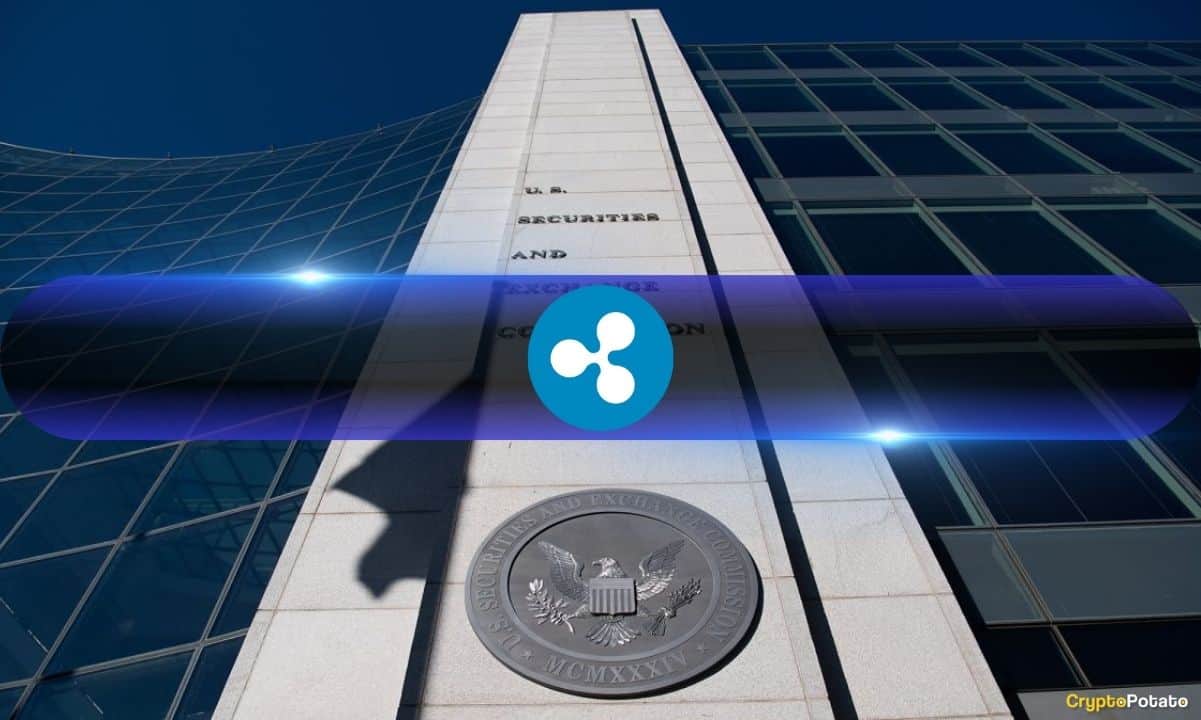What is the time value of money?
Time value of money (TVM) is the concept that money has greater value now than it will in the future based on earning potential.
Generally, fiat money is devalued by inflation, but its value grows when invested. Delays in investing are lost opportunities that can be calculated based on the amount of money, future value, time frame and the amount it can earn.
There are four key principles of TVM:
- Present value (PV): The current worth of a future sum of money or cash flow. It enables you to compare the value of money received in the future to what you have today, taking into account potential interest and inflation effects.
- Future value (FV): This is the value of current assets at a future date with an assumed growth rate. This is useful to estimate potential profits over a given time frame.
- Discount rate: The discount rate is the number used to discount future cash flows to the present value. You can use it to estimate how much future cash flow is worth today.
- Opportunity cost: This reveals the potential benefits and profits you have missed out on. It shows the cost of not choosing a particular option based on the future value of one investment decision compared to another alternative.
Did you know? In the 1600s, Spanish theologian Martín de Azpilcueta invented the time value of money, whose main concept was that a dollar today is worth more than a dollar tomorrow.
How does Michael Saylor use the time value of money?
Saylor believes using the time value of money and Bitcoin (BTC) when investing will produce outsized returns, particularly as he leverages Bitcoin’s deflationary characteristics in his strategies for fighting inflation.
Saylor sees Bitcoin as a hedge against inflation. Saylor’s strategy against fiat devaluation gives him unshakable confidence that Bitcoin will appreciate aggressively over time compared to fiat currency, which is constantly devalued by inflation. MicroStrategy conducts detailed economic calculations to compare the future value of Bitcoin against holding cash, factoring in inflation and fiat currency devaluation strategies.
He uses MicroStrategy’s company assets and cash flow to buy Bitcoin. Its crypto treasury holds over 240,000 BTC, which is over $14 billion in Bitcoin reserves as of October 2024.
“The only use of time is to buy more Bitcoin. Take all the money and buy more Bitcoin. Then take all your time to figure out what you can sell to buy more Bitcoin,” explained Saylor.
Saylor, the CEO of MicroStrategy, doubles down on his time value of money and crypto strategy by borrowing money through debt financing to acquire a large crypto stash. His ability to calculate the future value and cash flow of the assets means he is confident in taking on debt at a low interest rate. He is betting that the future appreciation of Bitcoin will greatly outstrip the cost of borrowing. Adding to this, his debt is likely to be devalued by inflation, further amplifying gains.
Did you know? MicroStrategy is a business intelligence software company that was founded in 1989. The platform provides analytics to organizations to enable data-driven innovation.
Key features of Michael Saylor’s strategy
MicroStrategy’s investments are driven by the CEO’s belief in the potential of Bitcoin as an inflation hedge and high-growth asset. This has led to increasing amounts of leveraged debt and substantial returns.
Here’s how Saylor combats fiat devaluation:
- Inflation protection through Bitcoin: In May 2022, Saylor posted on X, saying, “Bitcoin is the best hedge against inflation.” At that point, MicroStrategy had been investing in Bitcoin for nearly two years. It had appreciated 149%, outperforming every other asset class, including gold and the S&P 500, plus smashing the 11% inflation rate.
- High growth potential: The investment world is continually stunned by Saylor’s growth predictions for Bitcoin. During an interview in October 2024, he predicted it would grow by 29% per year for the next two decades, leading to a price of $13 million per coin.
- Leverage: MicroStrategy is not shy when it comes to using leverage. It has a total long-term debt of roughly $3.8 billion in 2024. This is all debt accrued since 2020 when the company started buying Bitcoin. The leveraged position puts high volatility on its share price, but as Bitcoin grows, it amplifies across the share price. This gives MicroStrategy shareholders indirect exposure to Bitcoin and amplified returns.
- Global acceptance: When asked about his position on Bitcoin being digital gold, he explained that currently, Bitcoin is about 0.1% of global wealth, but with wider acceptance of it, digital gold could see this figure rise to 7%. That would put Bitcoin’s market cap at around $35 trillion.
Example of the time value of money using Saylor’s strategy to beat inflation
In 2020, Saylor invested $250 million in Bitcoin. By 2024, the value of that investment surged to $1.45 billion, far outpacing inflation and demonstrating Bitcoin’s potential to preserve wealth.
Let’s understand the concept of the time value of money and Saylor’s strategy using an example. Please note that to simplify it, transaction fees, taxes and other external factors have not been considered in this calculation.

Thus, by investing $250 million in Bitcoin in 2020, Saylor saw the value of that investment grow to $1.45 billion by 2024. In contrast, if he had held the same $250 million in cash, it would have devalued to $203.16 million due to inflation over the same period. This stark difference illustrates the effectiveness of Saylor’s Bitcoin strategy in preserving and significantly growing wealth compared to holding fiat currency, which steadily loses value due to inflation.
Other applications of Saylor’s Bitcoin investment plan
Other companies are starting to use Bitcoin in their corporate treasury management strategy, while individual investors can take inspiration from the “Michael Saylor fiat devaluation strategy.”
Marathon Digital Holdings operates the second-largest public company crypto treasury with over 26,000 BTC. Tesla is the most well-known brand hedging inflation with Bitcoin, as it sits on 11,500 BTC in 2024. Tesla founder Elon Musk has become one of the loudest cryptocurrency voices and has even delivered speeches on how companies can embrace Bitcoin.
Personal investors can also take inspiration from Saylor and MicroStrategy, particularly in recent years of high inflation, which has been devaluing buying power and outpacing wage growth. Although Saylor’s strategy might go wrong, for individual investors, it offers an opportunity to invest in a highly liquid and deflationary asset.
Saylor also touts the flexibility of crypto assets like Bitcoin. Traditional investments can be illiquid or hard to move. Traditional property investments take months or years to sell. Adding to this, they are immobile and location-dependent, exposing them to tax hikes while reducing potential future buyers. With Bitcoin, you can take your treasury anywhere in the world and liquidate or trade it with any investor across the globe.
Did you know? In 2022, Elon Musk sold much of the $1.5 billion in Bitcoin on Tesla’s balance sheets to show a quarterly profit for the business. The company’s remaining stash has since appreciated to become worth over $700 million in 2024.
Future outlook of Michael Saylor’s time value of money strategy
With continuing global struggles against inflation and currency devaluation, Saylor continues to build his Bitcoin treasury as his time value of money crypto strategy is predicting outsized gains compared to every other asset.
The long-term viability of Saylor’s time value of money Bitcoin strategy depends on BTC’s ability to maintain its value proposition and gain extreme value over time. It’s important for MicroStrategy to maintain enough collateral to cover the long-term leveraged debts while ensuring cash flow can service the debt repayments.
Bitcoin has high growth potential, and MicroStrategy has the ability to ride out market volatility. For smaller investors, replicating the leveraged TVM strategy might not be so sustainable, particularly if they can’t make repayments during bear market periods.
If Bitcoin continues to grow aggressively, then the opportunity cost factored into the time value of money financial strategies might be too expensive for many investors to ignore this Michael Saylor investment philosophy.

 4 days ago
6
4 days ago
6





:quality(85):upscale()/2024/10/31/801/n/49351082/b84152bf6723c91b32cc73.86821940_.jpg)
:quality(85):upscale()/2024/10/29/581/n/1922153/3f2adeb76720db8a0484f8.73093870_.jpg)
:quality(85):upscale()/2024/11/01/729/n/49351082/edfd0f616725023b36fdf0.07661898_.jpg)
 English (US) ·
English (US) ·